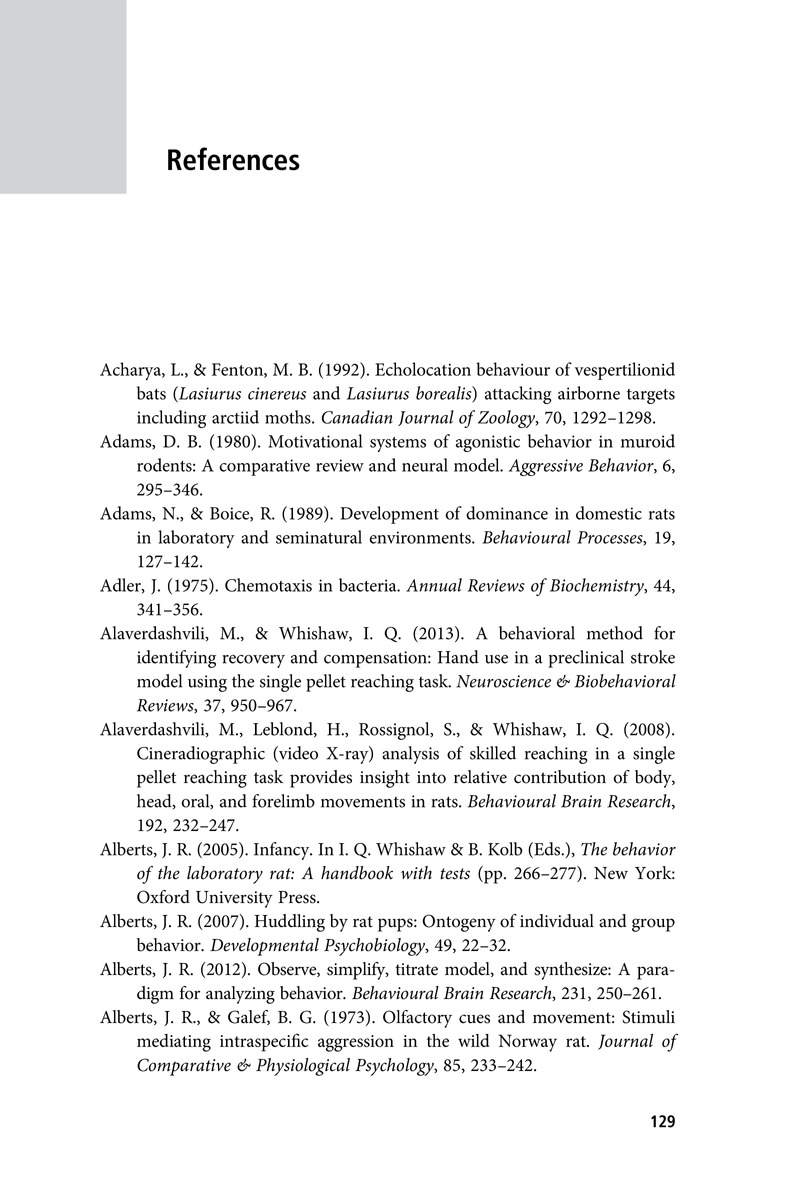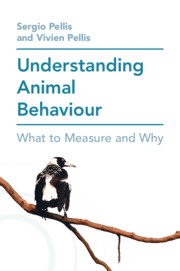Book contents
- Frontmatter
- Contents
- Preface
- Acknowledgements
- 1 What Is the Problem and What Is the Solution?
- 2 Behaviour as a Means, Not an End
- 3 The Deep Structure of Behaviour
- 4 The Brain Is Not Alone
- 5 Bringing It All Together: Steps in the Descriptive Process
- 6 What of the Future?
- Epilogue
- Appendix A: Eshkol-Wachman Movement Notation and Descriptive Analysis
- Appendix B: Practice, Practice, Practice
- References
- Index
- References
References
Published online by Cambridge University Press: 11 May 2021
- Frontmatter
- Contents
- Preface
- Acknowledgements
- 1 What Is the Problem and What Is the Solution?
- 2 Behaviour as a Means, Not an End
- 3 The Deep Structure of Behaviour
- 4 The Brain Is Not Alone
- 5 Bringing It All Together: Steps in the Descriptive Process
- 6 What of the Future?
- Epilogue
- Appendix A: Eshkol-Wachman Movement Notation and Descriptive Analysis
- Appendix B: Practice, Practice, Practice
- References
- Index
- References
Summary

- Type
- Chapter
- Information
- Understanding Animal BehaviourWhat to Measure and Why, pp. 129 - 152Publisher: Cambridge University PressPrint publication year: 2021

